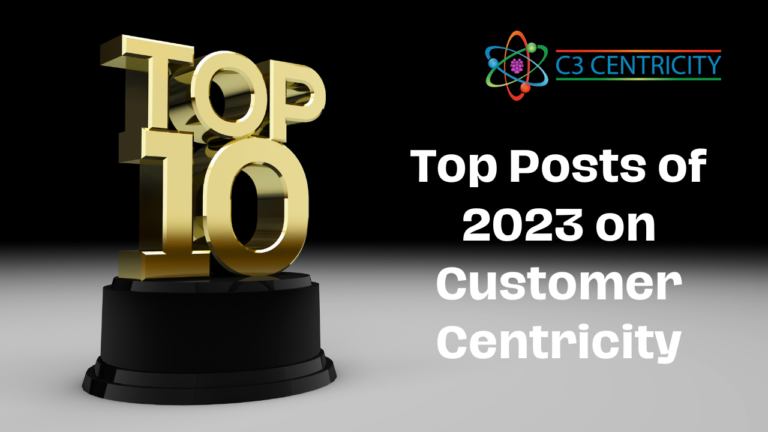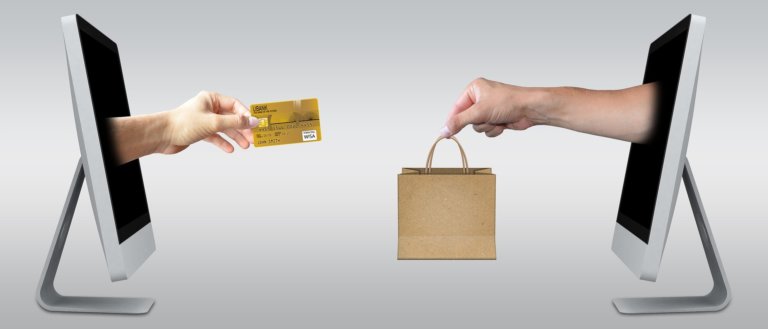Did you know that understanding shoppers has become a business essential in recent years? Do you want to know why? Because retail is in crisis!
Investment in brick-and-mortar stores has declined 30% in the US and a staggering 50% in Europe. In the UK 50,000 of the 500,000+, high street stores are empty, that’s a whopping 10%. But that level can even be higher, double or triple that in some parts of the country. The government in the UK upped its rescue fund to a billion pounds and slashed its rates in the hope of lowering rents last year.
And as if all that weren’t enough, the pandemic has been the final straw. With its lockdowns and restrictions, covid has pushed many shops over the brink and into bankruptcy. If retail as we know it is to return to “normal” – and many, including the HBR have already declared this to be near impossible – it is important to understand what is going on in our shoppers’ brains.
Background
Shoppers, that’s you and me, are changing. We have an insatiable appetite for instant gratification and novelty. More clothes stores are shut down than any other category because sales have gone online. And eating at home is now the norm, other than cheap, fast food stores, so restaurants and bars are suffering too. Both of these trends have been further exacerbated by the pandemic of course.
So if brick-and-mortar stores are in difficulty, are we helping our customers to buy online? I don’t even think so. It seems as if we are trying to benefit from their desire to do so. Something rather sinister has been happening. Let me show you.
Capturing Customer Data
Online, even more than offline depends upon capturing customer data. Retailers need it to deliver products of course, but we all seem to have become data-mad! We collect masses of information from our (potential) customers and then probably do very little with it all. But in the process, we have surely alienated a few, if not many would-be shoppers, to the point of them abandoning their carts and buying elsewhere.
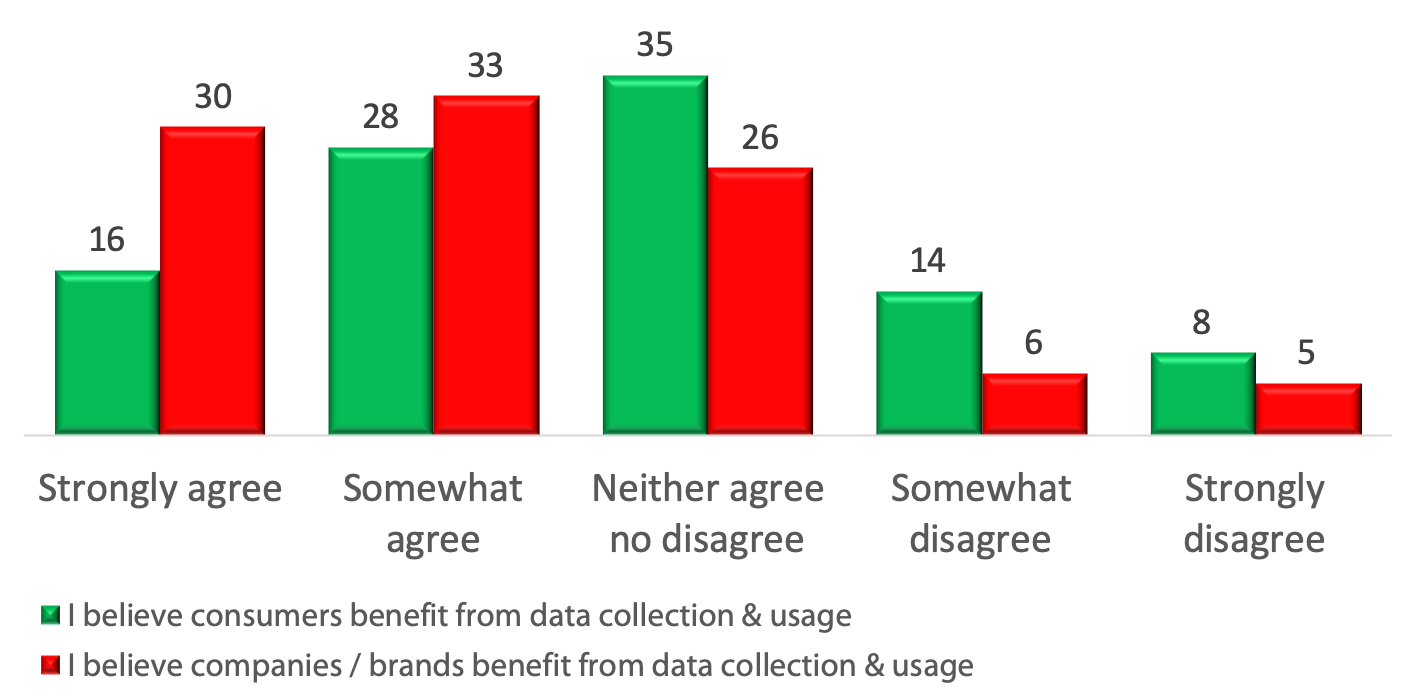
According to MarketingCharts.com, shoppers now believe that their data benefits companies and brands more than it does themselves.
In the Janrain report “Brand Trust Survey” 48% of US internet users try to buy exclusively from companies they trust to protect their personal data. But most don’t trust us with their data, and for good reason, it seems. As claimed by Thales, 75% of US retailers have experienced a data breach, 50% in the last year, up from 19% in 2017. Despite this high level and mistrust, one thing shoppers do agree on is that technology has made things better for them.
More than three out of five consumers say retail technologies have improved their shopping experiences, according to a survey by the National Retail Federation. Eight in 10 say that they’ve had better interactions as a result of these technology investments. This is further proof that retailers should be actively seeking out new, advanced retail technologies. And making better use of the data they collect from their customers.
The 7 Sins of the Dark Side of Online Shopping
As previously mentioned, we are collecting far more data than we are using and often doing so in an underhand way. Here are some examples of what I call the seven most prevalent sins of the dark side of online shopping today.
Credit card details for a free trial
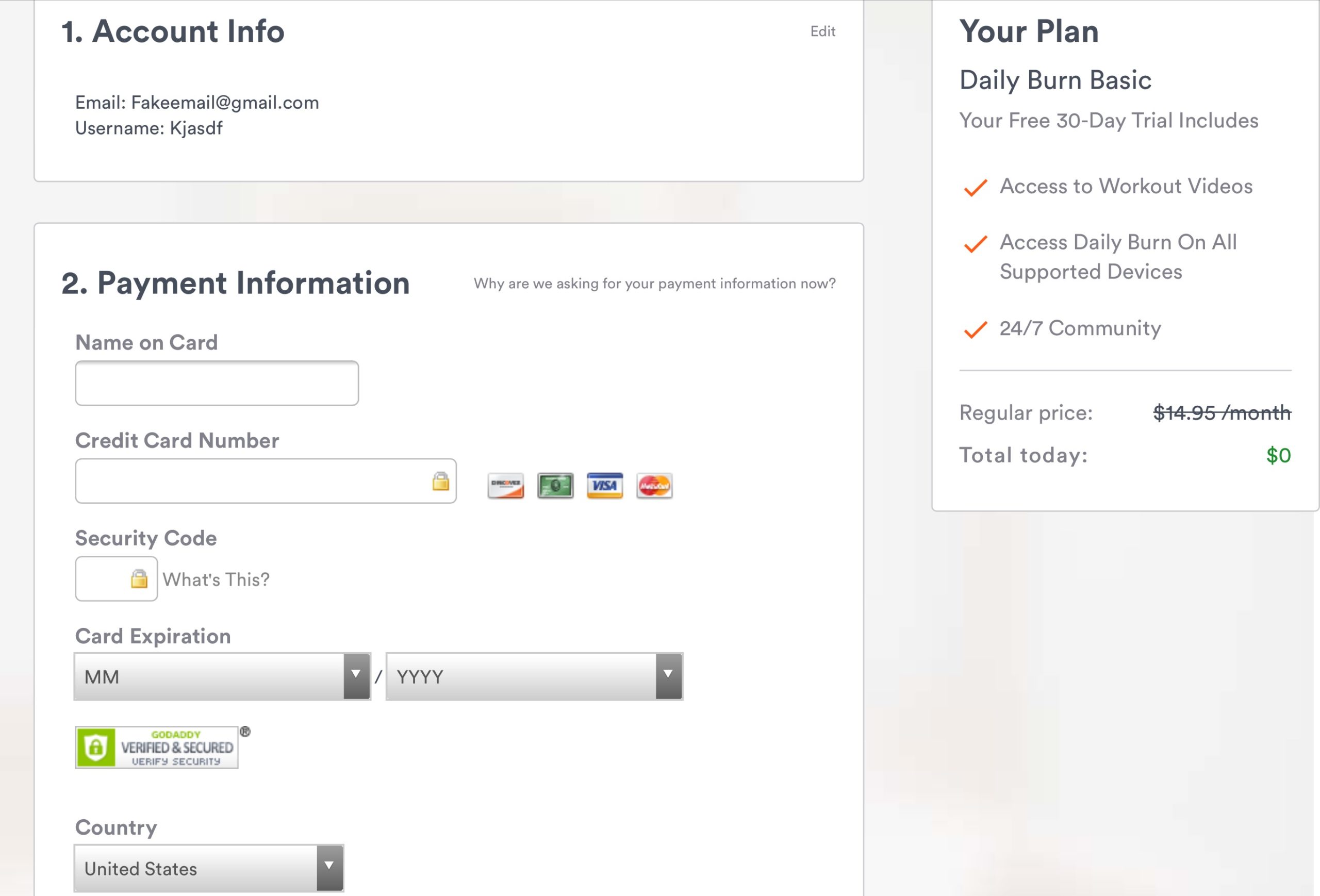
This is probably one of the oldest scams on the internet. We are asked to provide our credit card details for the free trial of something online.
The excuse is it saves us from going back to complete the form when we decide to buy.
The far more likely reason is the hope that we will forget that we tried the product or service in the previous weeks or months. This then allows the company to automatically bill us because we forget to cancel.
Making it impossible to say no

Even when we don’t have to give more than our name and email address, companies make it impossible to refuse their offer. The “Yes” button is usually large, the “No” is often in a small font and light grey text.
In the example on the left, they make it even more difficult to refuse by getting you to admit that you already have what they are offering, in this case, enough traffic. Show me a website that thinks it already has enough! We always want more!
Getting more data than we intended to give
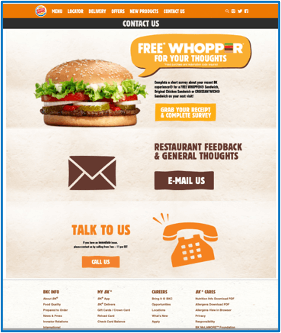
My next example is from Burger King, which makes their customers work unnecessarily if they want to contact the company.
They invite you to complete a survey rather than just contacting them. OK, they are offering a free burger in return, which is generous, but I almost clicked on the “email us” button in the middle of the contact page on their website, when I was looking to contact them for a different reason than giving them feedback on their restaurants.
Now I have no problem providing feedback when I have the time, but I would prefer an organisation to do it openly, rather than trying to trick or force customers to respond in this way. Clearly, they are not receiving enough feedback and need other ways to get the opinions of their customers.
I am surprised by this since fast-food restaurants almost always include an invitation on their bills, to provide feedback in return for a free item on the next visit.
Getting us to download something we didn’t want
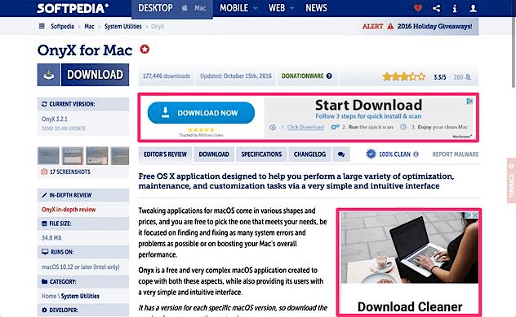
This trick is used by many software sellers. A large download button is shown on the landing page of the software we intend to install. However, the larger button that attracts our attention is for a different service than the one we have previously selected.
I can only assume they are doing this to increase their revenue by showing several advertisements on their landing page. In this example of the left, both ads that I have highlighted in red, attract more attention than the smaller button in the top left-hand corner for their own product. I can only wonder if their poor three-star rating in the top right-hand corner has been influenced by these games.
Approving cookies without knowing it
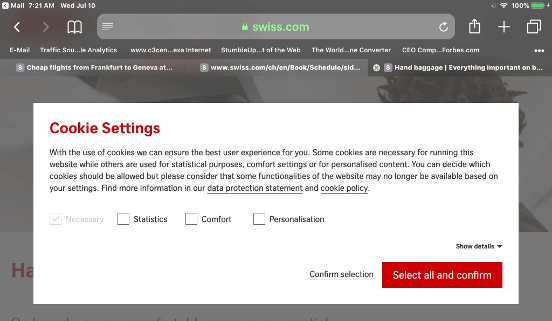
I almost fell for this one, but was so disappointed, as it is from the website of my favourite airline, Swiss. This same “game” is played by their parent company Lufthansa, so I’ll blame it on them.
However, this is just one example of an organisation taking advantage of our reluctance to read things in detail these days. The red button attracts us and many will click it without reading that it in fact permits Swiss airlines to use a person’s data for more than is strictly necessary.
Making it impossible to cancel
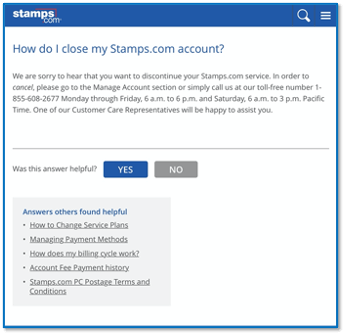
This last example shows what I consider to be a very worrying trend. Many organisations, including Stamps shown here and Apple, make cancelling services a marathon for their customers.
In the case of Stamps on the left, they invite you to go to the “manage account” section or to contact their customer services at specific times. Looks fine, except for one thing. They don’t provide a link! They do, however, provide links to many other pages on the bottom half of the page, mostly for changing services and making payments. It would save customers a lot of clicking through if they had just added the link in their explanation.
In the case of Apple cancellations, I noticed between 4 and 6 steps depending upon the type of cancellation you were looking to make! Talk about making your – soon-to-be ex-customers work to leave you, and making sure their last impression is less than positive.
Other websites give a “sorry to see you go, but we’d love to see you come back again in the future” message, which I think causes doubt in the minds of some of the people planning to leave. Making sure that people leave with a good perception gives you a chance of them coming back one day. Doesn’t that make more sense than making it so difficult to leave in the first place?
Those are examples of the seven sins of online shopping platforms today. I think we can all agree that these are not going to build trust or long-term loyalty. But then we have to ask ourselves if brick-and-mortar stores have been doing a better job. The answer is no, but you knew that already, didn’t you?
Retail Store Experiences
We have all become used to salespeople in-store saying that a piece of clothing looks wonderful on us when it doesn’t, or that we won’t find a lower price at another store, when perhaps not, but we definitely will online! This is when I became a fan of BestBuy, as every time I wanted to buy something, they would check Amazon and give me the lowest price. And I get the article immediately and without paying shipping costs. They at least have understood the priorities of their customers.
 One of my favourite “discount” offers, is from a 99 pence store in the UK, equivalent to dollar stores in the US, Japan, Denmark and many other countries. It advertised this promotion as shown on the right. I actually laughed out loud when I saw it and had to take a photo.
One of my favourite “discount” offers, is from a 99 pence store in the UK, equivalent to dollar stores in the US, Japan, Denmark and many other countries. It advertised this promotion as shown on the right. I actually laughed out loud when I saw it and had to take a photo.
I think we all consider ourselves to be savvy shoppers in-store, but I think that this is because we have become aware of many of the sales tactics retailers use to get us to part with our hard-earned cash. Technology is helping to increase shopper satisfaction.
According to a recent survey, more than three out of five consumers say retail technologies have improved their shopping experiences, according to a survey by the National Retail Federation. Eight in 10 say they’ve had better interactions as a result of these technology investments. This is further proof that retailers should be actively seeking out new, advanced retail technologies.
A Dozen Shopper Desires
In conclusion, I thought it would be useful to end with a list of the things that shoppers today are looking for – in their own words of course:
- Take my perspective and constantly improve your understanding of my changing needs.
- Worry more about the value you offer than the price you demand. Sometimes I’ll go for cheap, but not always and these days less often than before because I want excellent customer service.
- Be honest and open with me. Don’t promise what you can’t deliver. Warn me if my order is likely to be delayed, or takes longer than usual – as is happening these days thanks to the pandemic. I can understand if you communicate, but not if you hide the facts from me.
- Only collect the customer data you need when you need it. If I’m happy with your service, I will gladly share more information when you require it.
- Don’t try to deceive me with misleading website design; button colours, text that is impossible to read, or hidden additional charges or conditions. I won’t feel very proud of myself when I realise I’ve fallen for your “tricks.” But you’re the one who will miss out in the long term.
- Following on from the previous point, don’t wrangle sales from me by making use of my (bad) memory, misunderstanding of subscription or repurchase automation, my laziness in (not) reading the small print, and my innate trust that you will do the right thing. You may get the sale but you won’t make a loyal advocate out of me.
- Make it quick, simple and easy for me to do business with you, or to stop should I so desire. You never know, I might realise that the grass is not greener anywhere else and come back.
- Show me you care and value my business. It doesn’t have to cost much if anything; a heartfelt “thanks for your business” already goes a long way. But occasional treats will get me talking about you too.
- Make my life easier whenever you can. Collecting data for the pre-filling of forms is a great help; merely gathering my information for your own benefit alone is not.
- Give me the confidence in my choices to remain loyal. I can forgive a mistake, but not a lie.
- I care about your employees, your company culture, your values more than ever. If you’re claiming to be carbon neutral, sustainable, eco-friendly or ethical, be so in everything you do. You can’t be half right.
- Shopping is no longer entertainment for me, at least not in the physical world. It’s just too risky and worrying. So make my online experience doubly enjoyable. Offer me improved choices, using your algorithms to predict better what I might like. To be honest, today I feel like I am being hounded and hammered by the continued advertising of things I might merely have glanced at! Know me better and your advice will be far superior to your competitors. Now that’s what I call a win-win.


